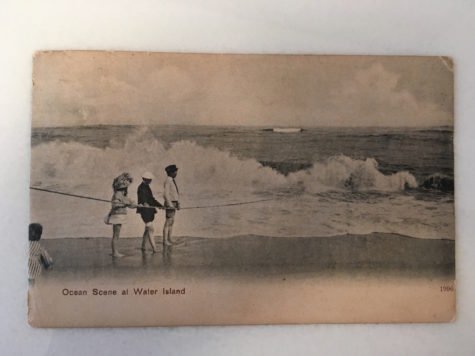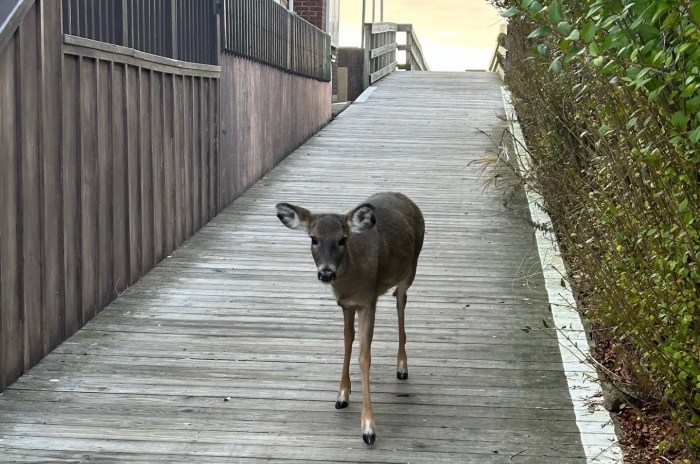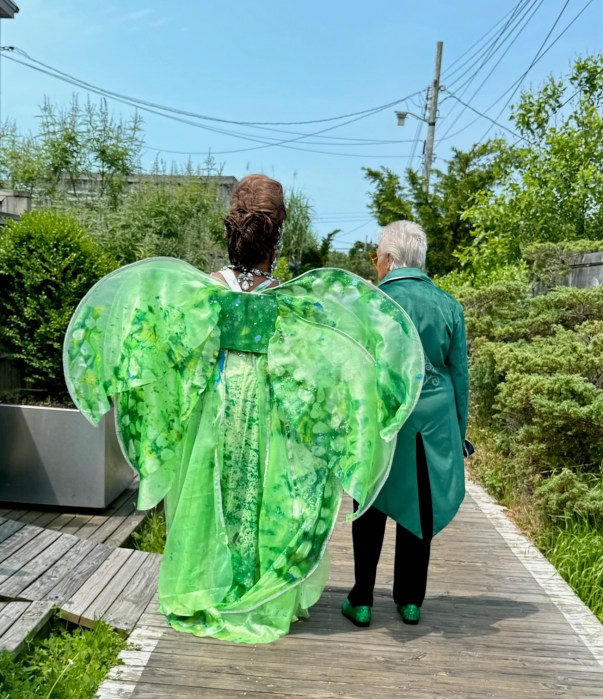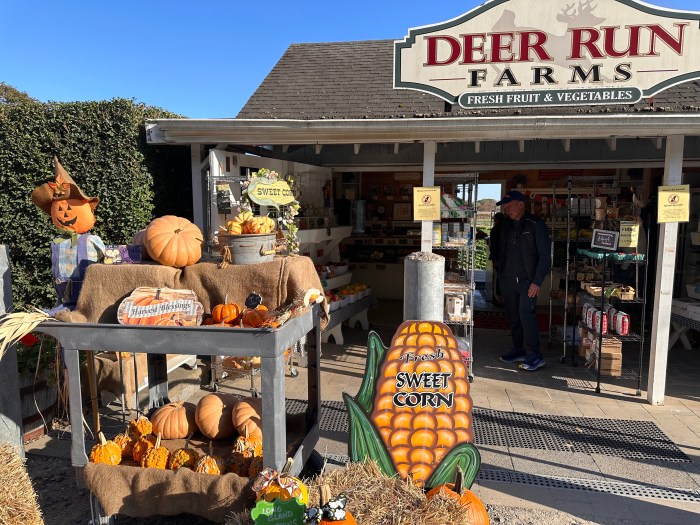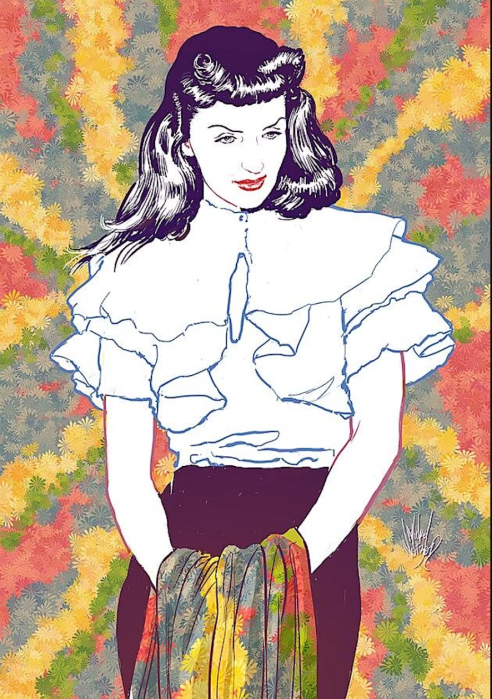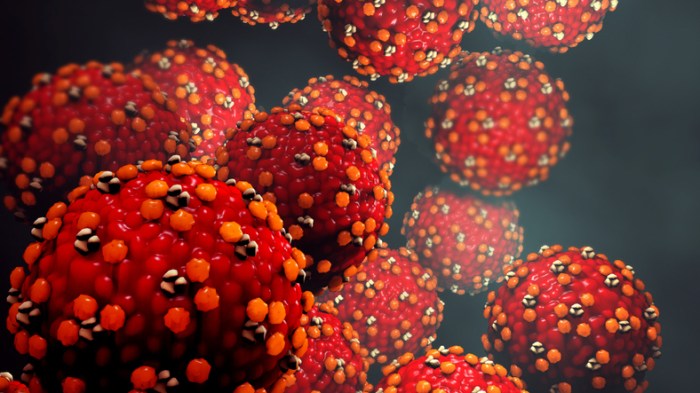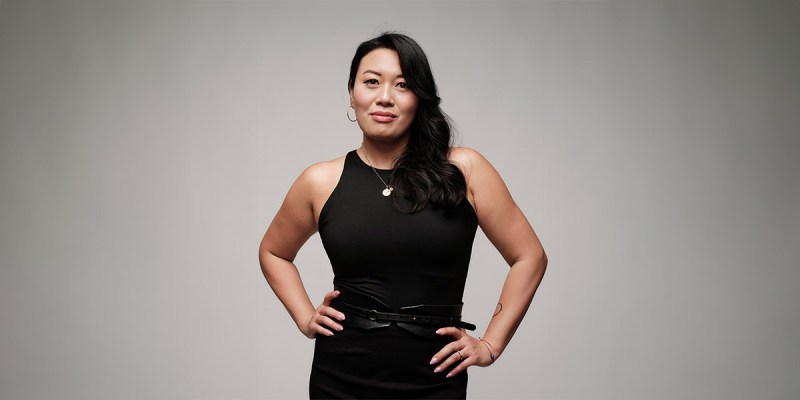Water IslandBy Margaux RavisWATER ISLAND IS A VERY SMALL community, or as I like to refer to it, a very small hamlet, near the eastern end of Fire Island. There are five walks, maybe 40 houses, and zero public buildings. Homeowners have to bring all their food with them and if we neglect to lug something out here, we have to really, really want it because we’ll have to walk a few miles down the beach to buy whatever was forgotten.When I was growing up, we didn’t have a ferry or electricity. Now, we have both of those, although our ferry runs only a few times a week. We still have no public water, garbage collection or any kind of facilities, including public bathrooms. We have no public docks. No stores. No restaurants. We’re private both by design and by default.As you can imagine, this is a sleepy little place where everyone knows each other. One of my neighbors joked that he’s been coming out here for nearly 40 years and he’s still considered a newcomer. Although all of Fire Island has incredible wildlife, I’d be willing to bet that no other community has fox that come right up on people’s decks for what seemingly feels like just a drop-in “hello.” Water Island is also the narrowest portion of Fire Island, a fact that is always worrisome during hurricane season.It’s funny that this tiny place used to be one of the most visited towns on Fire Island. Back in the 1890s, there was an ocean front boardwalk that connected many comunities, including ours. And right off that boardwalk was a large resort called the White House Hotel. It was a mecca for the ‘who’s who’ of the day and Theodore Roosevelt was reportedly a frequent guest. Visitors took a ferry over that cost 10 cents round trip – and that included a bowl of chowder and a cracker. Fire Island as a whole was a haven for rumrunners during Prohibition and the White House Hotel was especially popular during this era, since laws were ignored and alcohol and gambling werereadily available. When Prohibition was repealed, the hotel went into foreclosure and Water Island all but disappeared. But slowly, very slowly, families who wanted to get away from it all began building houses and by the 1950s, the community started becoming what remains today.I’m a second generation Water Islander. My father started coming here as a bachelor and later, brought my mom out here with him. This is where they honeymooned. They built our house themselves, by hand, pre-electricity of course, which means pre-power tools. My sister, mother and I would spend months at a time here. We had to go underneath the house in order to pump our water. We ate mostly canned food during the week and got excited for what fresh vegetables or perishables my dad would bring on the weekend. And though there are more houses now – and power and Internet – not much else has changed. There’s absolutely nothing to do in Water Island and yet I’ve never once been bored.For me, it’s not just a community where I know every one of my neighbors; it’s a community where I know every plant, every animal, and almost every grain of sand. And where I still feel incredibly lucky to be able to have ice cream on a hot day since you still can’t buy it anywhere.